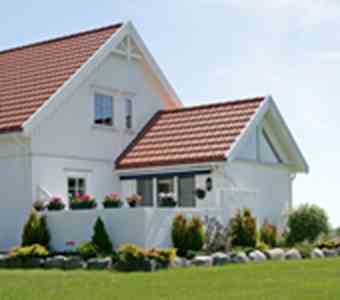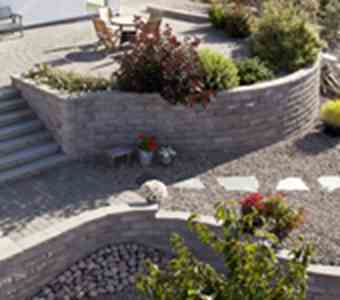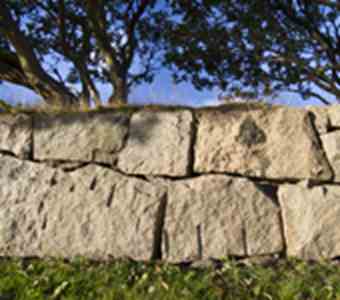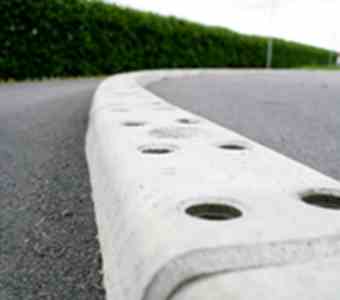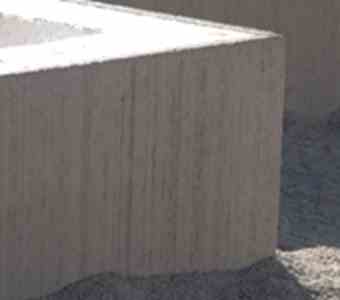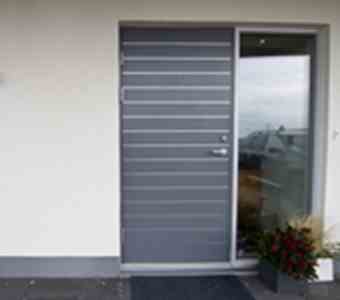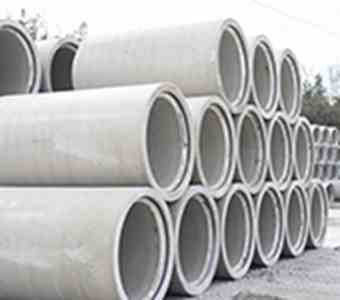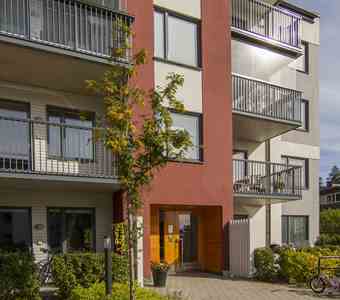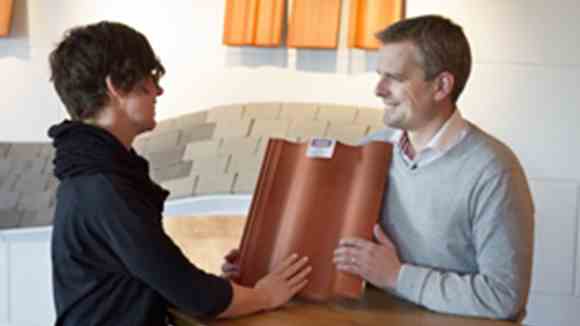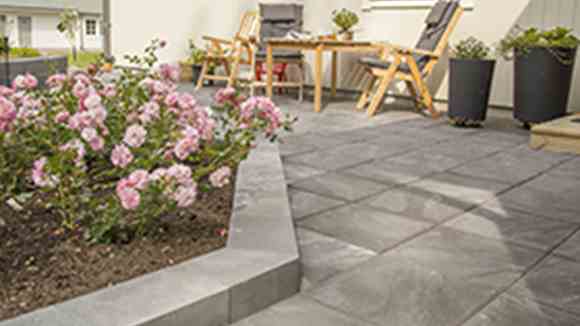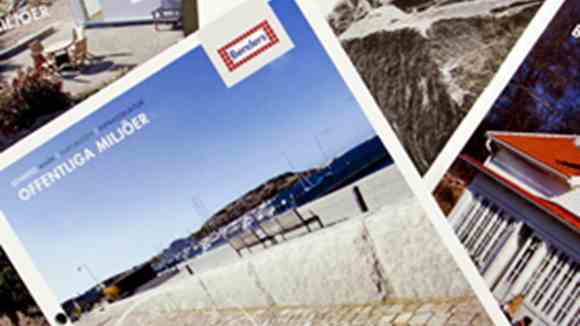Benders’ pallet return
Having our own, product-specific pallets achieves optimal packing with fewer pallets and ensures that products arrive well-protected with no transport damage. At the same time, it makes a significant contribution to the environment. When railway wagons and lorry beds can be loaded more densely, up to 50 percent more products can be carried. Per product, this brings corresponding reductions in both energy consumption and CO2 emissions.
Benders has developed a return system that features a high degree of recycling. Damaged return packaging is repaired rather than thrown away. When a pallet finally has to be scrapped, it becomes, for example, energy for heating homes. Thus a wooden pallet is more than just a load carrier. Furthermore, our pallets are made 100% from Swedish raw materials. In many cases, pallet factories are adjacent to sawmills and often also near Benders’ facilities.
Environmental stations
Uniformly marked and equipped with purpose-specific containers, environmental stations are located at departments that need them. Our environmental stations are located as close as possible to where the waste arises.
Waste that may present an environmental hazard is sorted at source and kept in suitable containers before it is carried away, by approved contractors, for destruction/recycling. Examples of hazardous waste from our operations are oil, batteries, fluorescent light tubes, chemicals and pigment residues.
Residual materials and reuse
We are trying to find areas where all residual materials from our operations can be reused. Examples include concrete residuals used as fillers (e.g. in road construction) and sludge used as soil improvers in agriculture. The only residual material currently not reused is pigment sludge from roof tile manufacture. Work is ongoing to find alternative areas where it can be used. Most of the water used in production is handled in closed systems and reused in these.
Within the company, electronic scrap arises in the form of equipment we no longer use in any way. This is recycled responsibly. Recycling can be translated into CO2 emissions. In 2020, the saving was 1,343 kg CO2e. This equates to a year’s energy for running 129 refrigerators.














